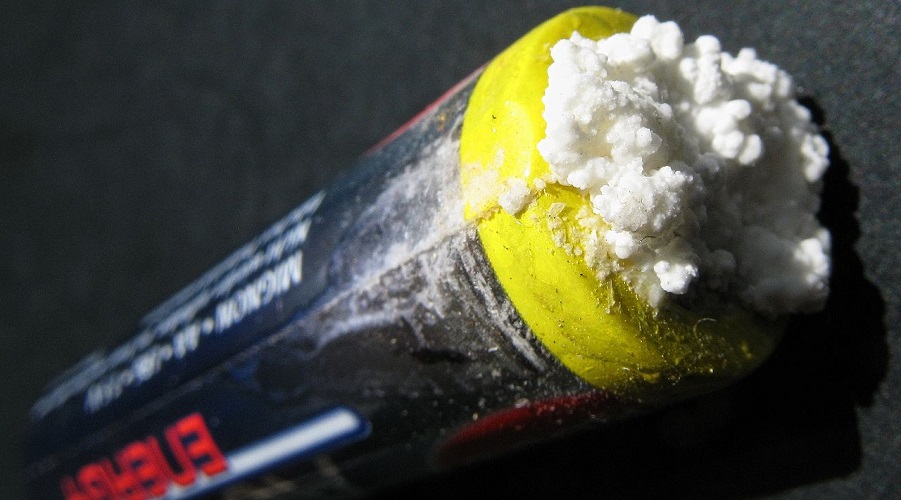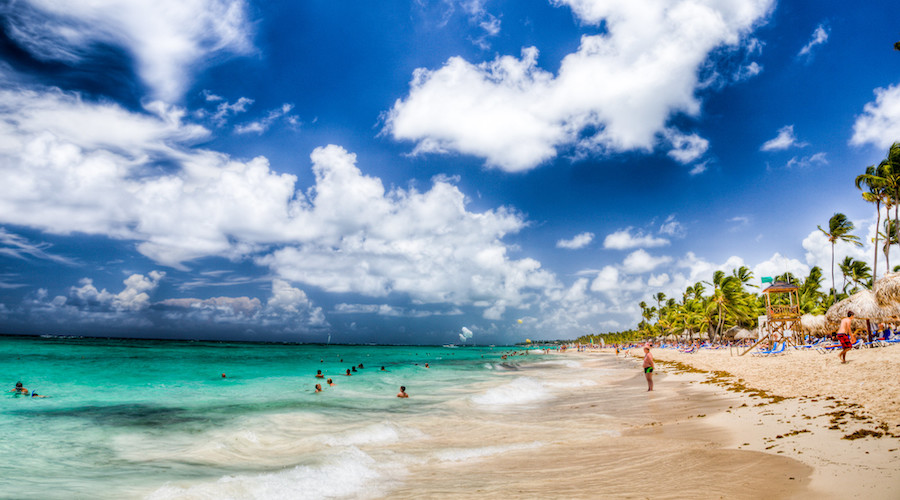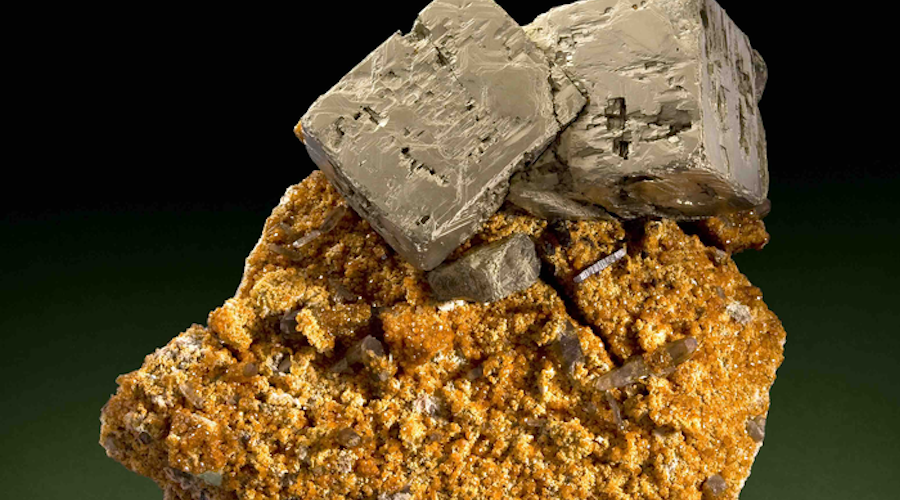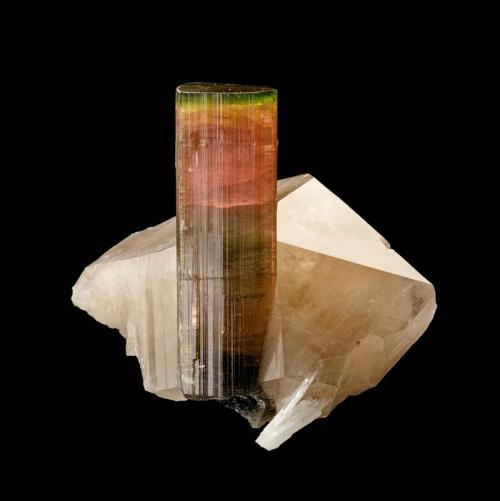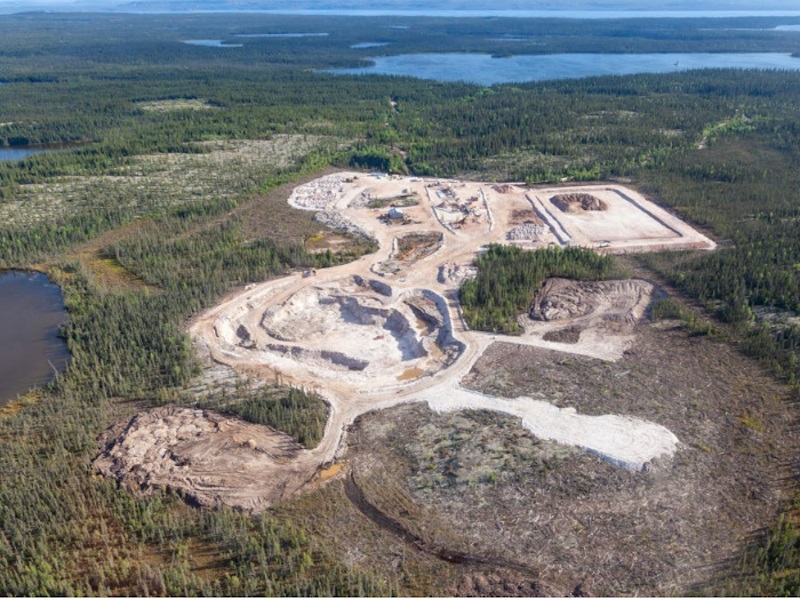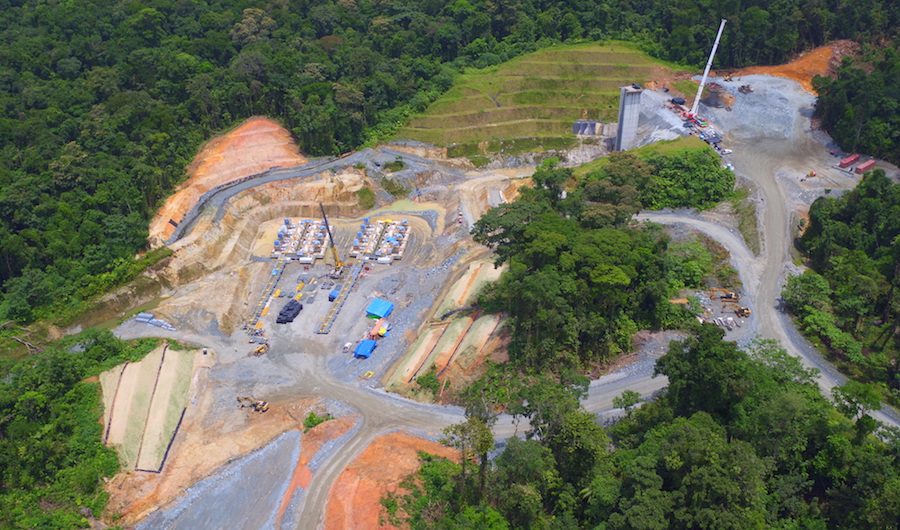Russia Announces 82-Million-Ton Arctic Oil Discovery
- Russian oil and gas giant Rosneft claims to have made an 82-million-ton oil discovery in the Pechora Sea.
- Rosneft has a controlling interest in 28 offshore licenses in the Arctic including 8 in the Pechora Sea where this most recent discovery was made.
- Western analysts have speculated that Russia doesn’t have the expertise or technology to grow oil production in the region, but the head of Rosneft believes they do.
Russian state-run Rosneft has confirmed an 82-million-ton oil discovery in the Pechora Sea in the Arctic.
Rosneft discovered the field thanks to a drilling campaign in the Medynsko-Varandeysky area. “During the tests, a free flow of oil was obtained with a maximum flow rate of 220 cubic meters a day,” the company’s statement read on Wednesday, noting that the “oil is light, low-sulfur, low viscosity,” Rosneft said, describing the drilling campaign in the Medynsko-Varandeysky area, as reported by Russian RT.
Rosneft described the findings as proving “significant oil potential of the Timan-Pechora province on the shelf.”
According to Russian media, Rosneft has a controlling interest in 28 offshore licenses in the Arctic, eight of which are located in the Pechora Sea.
The discovery announcement comes after Rosneft head Igor Sechin, a close ally of Russian President Vladimir Putin, told an economic forum on Friday that Western sanctions are illegal, warning of a coming biblical-style cataclysm.
In mid-June, Rosneft said it was going ahead with its Vostok Oil project in the Arctic, which Sechin has described as “the only project in the world that can bring a stabilizing effect on the oil market.”
According to Rosneft, Vostok will produce up to 115 million tons of oil per year by 2033. That volume of oil is said to be equivalent to 20 percent of Russia’s total oil production for 2021.
While Western analysts have speculated that Russia will not have the necessary technology under sanctions to grow oil production, Sechin has disagreed, despite the exit of partner Trafigura earlier in June.
“We have all needed competences, knowledge and experience, and in these kind of projects 98 percent of technology is produced in Russia,” Sechin told reporters in reference to the Vostok Oil project.
Trafigura Group said in mid-June that it planned to sell its 10-percent stake in Vostok Oil, for which it paid around $8.5 billion in the fourth quarter of 2020, Bloomberg reported.
The discovery announcement also follows Putin’s decision on July 1st to seize control of the Sakhalin-2 oil and gas project in which Shell is an investor, along with Japanese investors, Reuters reported.

.png)
